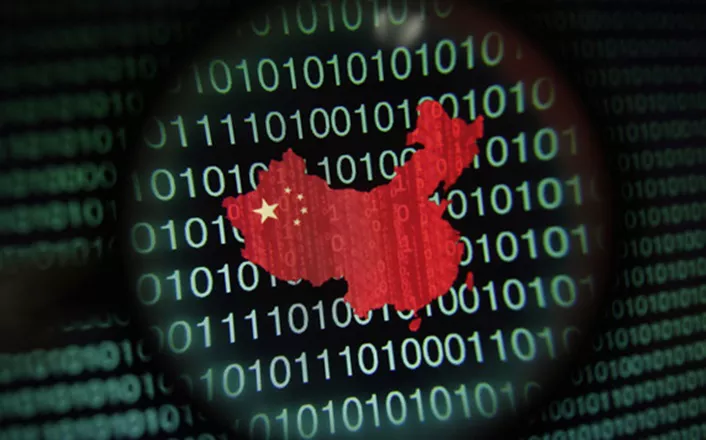China is making steady strides toward achieving self-sufficiency in artificial intelligence (AI), but full independence, particularly in key technologies like AI computing, is still a long-term goal, according to a report from UBS.
UBS analysts noted that China has developed strong domestic capabilities in AI’s application and intelligence layers, fueled by dominant local internet platforms and cost-effective model developers like DeepSeek. However, challenges persist in the enabling layer, which includes essential technologies such as semiconductors and computing infrastructure.
The report estimated that China’s semiconductor self-sufficiency would reach 27% by the end of 2025, a significant increase from the “mid-teens” during the pandemic. This growth is attributed to advancements in sectors like DRAM, analog chips, and semiconductor equipment. The progress comes despite ongoing export restrictions that have impacted the country’s tech development.
One of the biggest hurdles is AI computing. Global leader NVIDIA currently controls over 80% of the market. For example, UBS highlighted that NVIDIA’s GB200 chip can generate around 40 images, while Huawei’s 910C chip can only generate 13, showcasing the performance gap.
Despite this, Chinese companies are making headway. In 2024, domestic firms held a one-third share of China’s AI computing market, and UBS projects that this will grow to 90% by 2029.
However, achieving this level of localization will come at a cost. UBS warns that Chinese companies may face weaker pricing power and higher costs, which could hinder performance. Despite this, the report forecasts domestic AI computing revenues will surge from $6 billion in 2024 to $81 billion by 2029.
UBS recommends investors consider both global leaders like NVIDIA and Chinese firms such as Alibaba and Tencent, as the AI computing market is large enough to support growth for all players.
Related topics:


